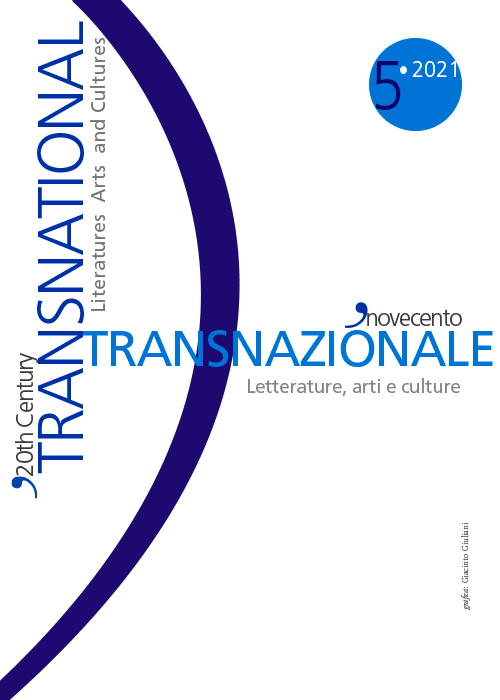The Transcultural Italophone Literature from its Beginnings Through to the Third Millennium: Italy's Role Model for Europe
DOI:
https://doi.org/10.13133/2532-1994/17407Abstract
This article intends to contextualize methodologically the concept of transnationalism with that of transculturality while focusing on Italophone literature. Going back to the transcultural theorem as introduced in 1940 by the Cuban sociologist Fernando Ortiz (transculturación), at the turn of the millennium the term has been seized, adapted and revisited in German and English language by the German philosopher Wolfgang Welsch (transculturality). After the final proclamation of a Transcultural Turn, the notion of a “Transcultural Italophone Literature” is applied, used and disseminated also in Modern Italian Studies, opening up new possibilities to revisit Italy’s literary canon. Starting from these theoretical premises, a historic overview enables us to recode the literary evolution of the Italophone sphere, analyzing it through a transcultural lens: to begin with the Sicilian School in chapter 2, through to postmodern times in chapter 3, featuring the upraising Italophone migration literature nowadays. Pinpointing the diasporic heterotopias around the globe in chapter 4, I will argue in the last chapter 5 that the Italophone role model might be connected with selected parameters that are symptomatic for the transnational literary criticism, concluding that Italy acts as a “transcultural laboratory” both at a macro-historical and a micro-historical level on the European transculturalization process.
Downloads
Published
How to Cite
Issue
Section
License
Copyright (c) 2021 Transnational 20th Century. Literatures, Arts and Cultures

This work is licensed under a Creative Commons Attribution 3.0 Unported License.

Except where otherwise noted, the content of this site is licensed under a Creative Commons Attribution 3.0 Unported License.


